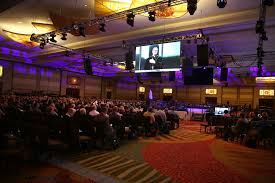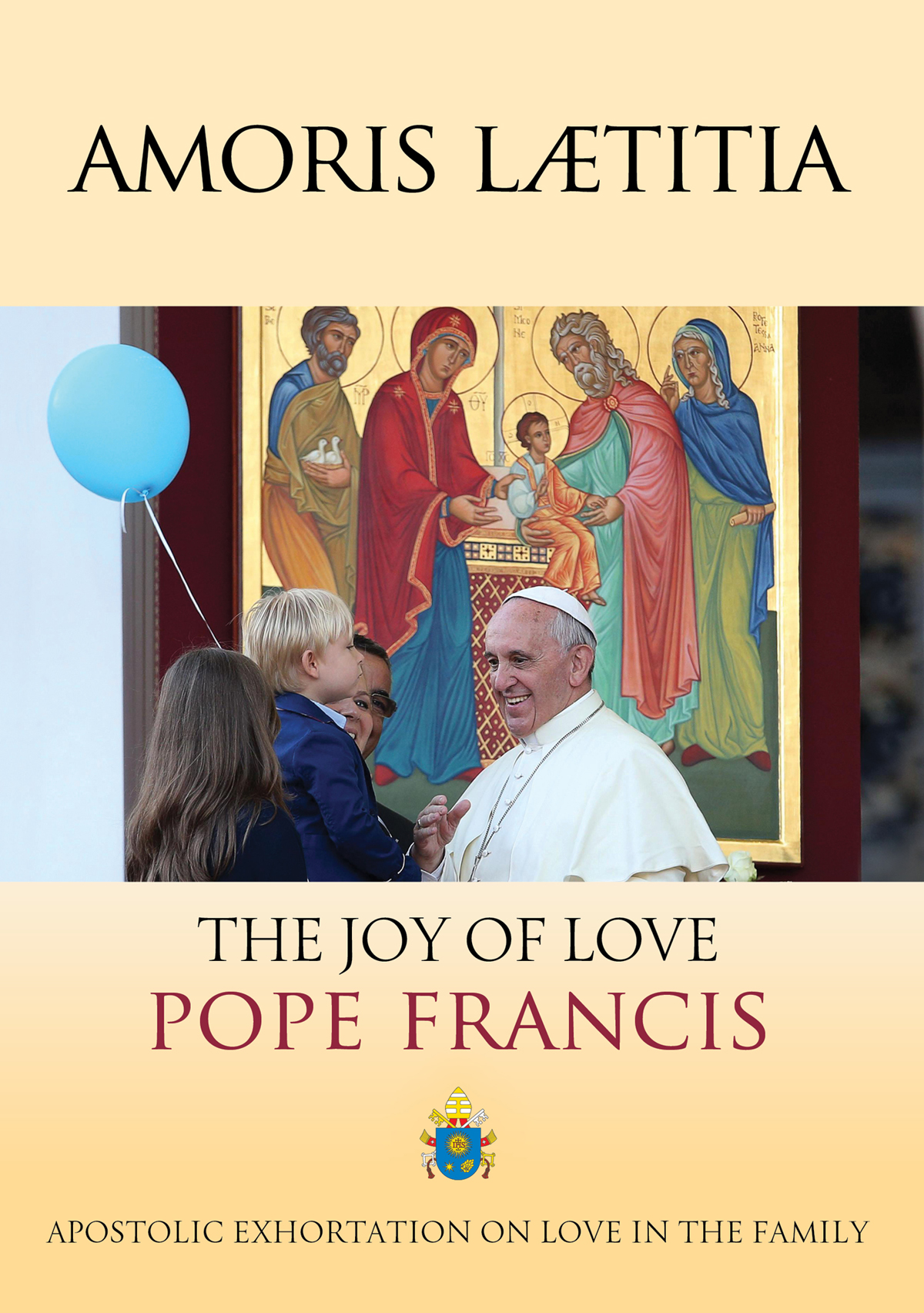I was pleased to contribute to a panel on Laudato Si’ at the recent USCCB Convocation of Catholic Leaders in Orlando. I wasn’t sure what to expect from the gathering, but I came away with a very positive feeling that the event was successful. Other reports have rightly suggest the “good vibe” at the conference. Certainly having almost 4,000 Catholics in one place, with most of the bishops present, gave an impressive sense of the American Church. More importantly, my experience of the convocation was that the effort to make it a conversation, not just a set of high-level presentations, really did work. That’s no mean feat for such a huge group. The breakout sessions I experienced all included a lot of time for group discussion and questions from the floor, and even the plenaries utilized technology effectively so that much of the action was about questions and discussions, not simply speeches. At the shared meals, tables seemed filled with diocesan delegations discussing what they’d heard and groups connecting with one another over common interests. The following seemed to me the most important takeaways:
- Maybe the cultural warrior stance is finished? The whole conference was organized in terms of forming “missionary disciples.” The words “go out” were uttered many, many times. And the inspiration of conveying “the JOY of the gospel” was repeatedly named. There was a sense, even in the plenary sessions, that the Church needed to do a much better job of reflecting joy. Archbishop Wilton Gregory, in his Sunday homily, was adamant: “no sourpusses.” I also attended a quite impressive breakout session on same-sex relationships, convened by Bishops Seitz of El Paso and LeVoir of New Ulm, that featured a sensitive panel and quite amazing sharing from the audience (which must have numbered 200, with a number of other bishops in the room). The focus seemed to be entirely in terms of pastoral struggles, not in terms of fighting a culture war. The bishops both spoke from extensive pastoral experience with gays and lesbians. And facing structural challenges was about making the Church better, too. Helen Alvare, in one plenary discussion, challenged the conference to think about male/female complementarity across the board, not just when speaking about marriage: as she put it, “What does complementarity look like in the chancery?” The conference as a whole did suggest that, even as the Church continues to face real cultural challenges, the Francis effect above all has been felt in reshaping how the American Church engages the culture.
- Two Catholic worlds? Throughout the convention center, there were a ton of exhibitors, ranging from various arms of the USCCB to established organizations (Knights of Columbus, EWTN) to a whole bunch of small “start-ups,” often pursuing apostolates via electronic connectivity about virtually everything under the sun. But what was remarkable to me: who was not there. Where were America and Commonweal? (America editor Kerry Miller was on one plenary panel) Where were institutes for church life and pastoral studies at the big national universities? (Hosffman Ospino from BC was a keynoter, but no organizational presence was visible) Where were the top pastoral publishers? (I had hoped Liturgical Press would show up, so when I plugged my parish-targeted book on Laudato Si’, people could buy it.) The buzzy sense of enormous pastoral activity suggested to me that there is a disconnect between some of the establishment institutions of American church life and a whole (mostly pretty new) world of groups and initiatives. I don’t know, of course, how all this came together. But at least going forward, we need to connect these worlds.
- What is “holiness”? I’m biased (like every other listener), but it seemed to me that a theme which brought spontaneous audience cheers, repeated attention from speakers, and general excitement from all were appeals to “holiness.” Given the tone of the conference, this really wasn’t the holiness of those Francis dubbed “sacristry Christians.” It moved closer to the “universal call to holiness” that is so central in Vatican II’s ecclesiology. But I still found myself wondering how people were thinking about what exactly it entailed. Certainly (this came through in many people’s comments) it meant a focus on Jesus Christ. But at times, the rhetoric tended toward Protestant evangelicalism, especially in its individualism; a friend who was there remarked that this “evangelicalization of Catholicism” might actually contribute to “the rise of the nones” – as documented in such books as Unchristian. I don’t think this is anyone’s intent. But I think the concept of “holiness” can become problematic if it is implicitly identified with one particular style of piety. A proper understanding of holiness is more expansive – one might think in analogy with the various historical spiritual traditions (Benedictine, Ignatian, etc.). But what this looks like for the wide expanse of parish-based laity is yet to be seen – or perhaps more precisely, it is emerging, but we need to be careful that this emergence is not of only one form of lay holiness. Theologians need to do more work developing the category of holiness in all its richness.



